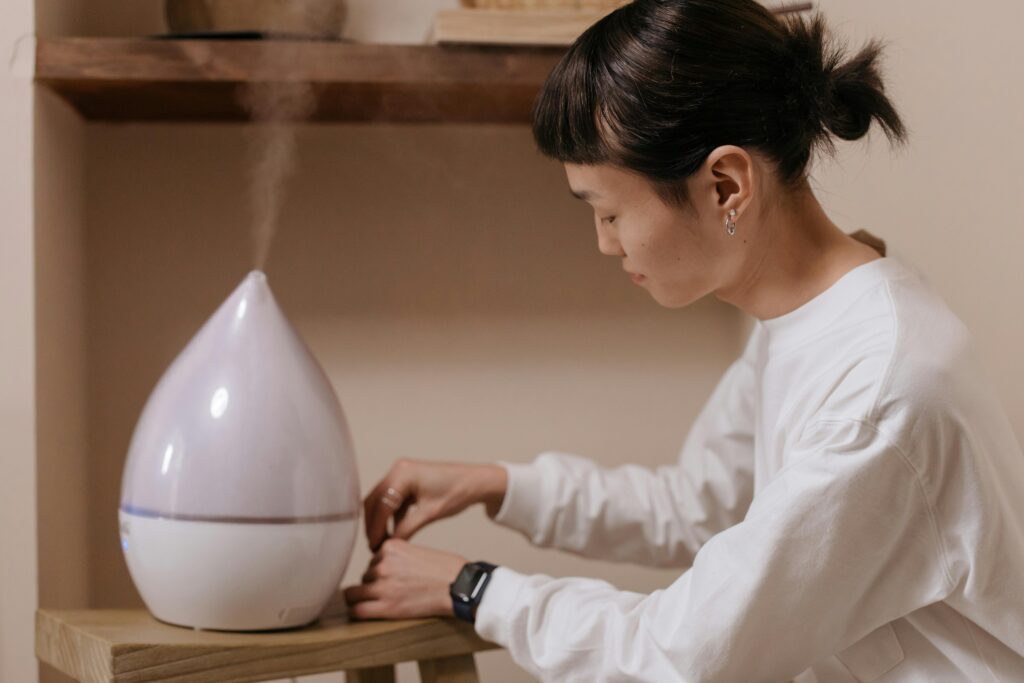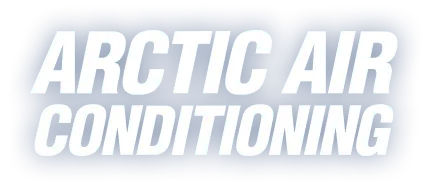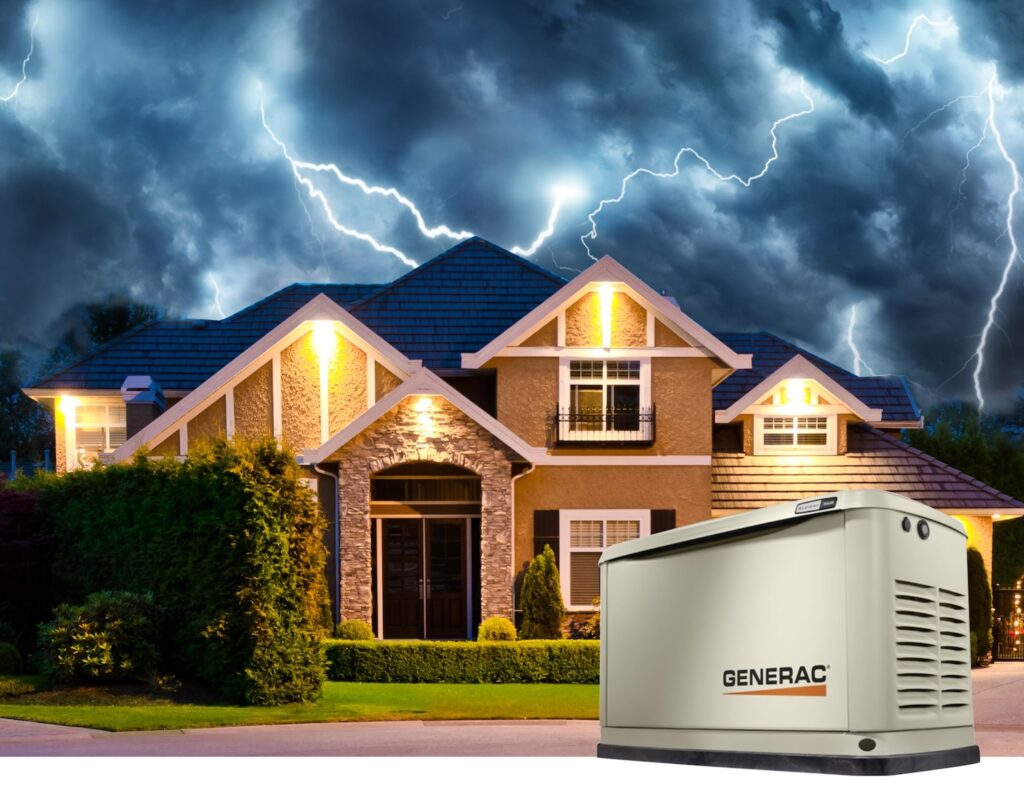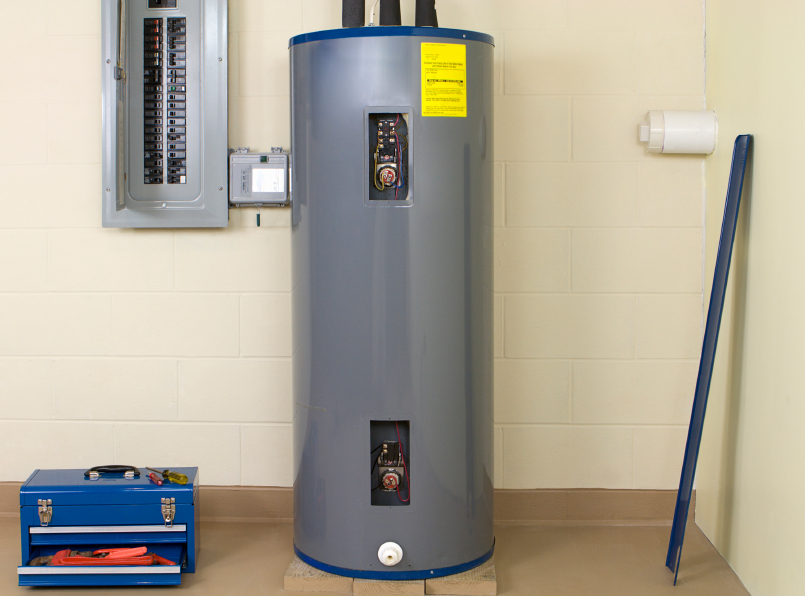
Blog
Is My House Too Dry?

It’s easy for indoor air to become too dry in the winter. After all, cooler air holds less water vapor than warm air, especially in our area.
If you think the low humidity in your home is causing your family to feel less comfortable, it’s time to find a solution.
Here are common signs of dry indoor air and how to address them!
Signs of Dry Indoor Air
- Static shock: With less water vapor, a static charge builds in the air. This results in painful shocks every time you touch a doorknob or flip on a light switch.
- Dry skin and chapped lips: You may feel the need to use lotion and lip balm more often if the dry air in the house is sapping all the moisture from your skin and lips.
- Cracking wood: Hardwood floors and delicate wooden musical instruments are made of an organic material, which is affected by humidity levels. The last thing you want is for dry indoor air to crack and damage these investments!
What Is the Best Relative Humidity in Winter?
If you spot the above signs of dry indoor air, you might wonder what your relative humidity level is and how to get within the ideal range. While factors such as climate, insulation levels, and ventilation rates play a role, the rule of thumb is to keep relative humidity between 30 and 50 percent in the winter.
Any lower than 30 percent and you’ll experience the symptoms of dry indoor air. But any higher than 50 percent and you create a whole new set of problems, including mold growth and flourishing bacteria and viruses. (You know your humidity level is too high if condensation forms on the inside of your windows.)
How to Raise the Indoor Relative Humidity Level
The first step is to seal the air leaks around your home. This reduces the amount of cold, dry air that gets in and helps moisture-producing activities, such as showering and boiling pasta, humidify your home.
If you find that the air is still too dry, try running a humidifier. A whole-house model is the most effective for distributing humidity evenly throughout your entire home.
Install a Humidifier in Your Central New Jersey Home
To combat the uncomfortable side effects of dry air in the house, you may determine that you need a humidifier. Schedule whole-house humidifier services,including installation, replacement, repair, and maintenance, with Arctic Air Conditioning today!
We serve customers in Monmouth, Middlesex, Mercer, and Ocean counties. Contact us to get started.





